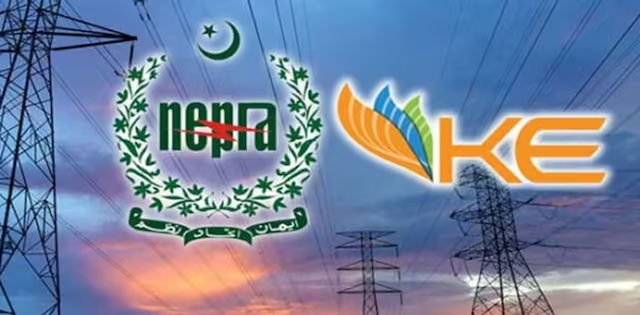NEPRA slashes K-Electric Tariff by Rs7.60 per unit which has, in principle, provided some relief, albeit complicated, to the consumers of electricity in Karachi.
NEPRA has finally started to respond to complaints about how expensive K-Electric’s customer bills have been. Many customers in the Karachi area have been complaining about the high prices bills for many months, explaining how the financial stress and strain have been increasing their burdens and responsibilities. Then, NEPRA announces that they will be reducing K-Electric’s average base tariff price by Rs. 7.60 per unit, which seemed like great news. Until customers figured out how convoluted the NEPRA K-Electric Tariff Cut changes were.
There were having many changes within the NEPRA regarding the public and legal tariff orders about the adjustments to the upper price limits for the public offers which contained within the finite petition of the Power Division and subsidiary to the state bodies. But yet to remain outside the apex complaints of the State, the Utilities publicly extending their K-Electric responses within their global orders and business operations.
This revised tariff determination and introduction of the loss assessments regarding the core business is now K-Electric’s business plan for the next 5 years. NEPRA has begun to assess the financial and operational expectations for the K-Electric business, control, and assess tariffs on the business systems and core loss operations. The magnitude of the NEPRA K-Electric Tariff Cut necessitates this detailed planning.
The changes in tariffs may be the most public-facing part of NEPRA’s response, but NEPRA’s refusal to rubber stamp the rest of the NEPRA’s response shows NEPRA’s intended communication model. NEPRA remains steadfast on KE’s claims of writing off Rs50 billion on the MYT 2017-2023 period. This shows that, even though the regulator has made several tariff adjustments that claims to a reduction of tariff unit value, in the financial historical record the regulator preserved a liability to the consumer on a considerable historical value, preserving a financial burden in the historical record while providing prospective price adjustments from the consumer’s point of view. This shows that there have been historical price burdens that have been placed on the consumers, even though they are overall price is decreasing. The NEPRA slashes K-Electric Tariff Cut addresses future costs, not past liabilities.
The operational change of the NEPRA’s response is more noteworthy because NEPRA’s specific orders to the utility require more operational change than NEPRA price directives. While NEPRA’s price adjustments have mandated system management changes on KE, they have also cost-adjusted NEPRA’s system management as well. NEPRA has ordered KE to manage system operational changes to comply with the adjusted rules, the most significant command being that KE must prioritize low-cost power from the national grid. This change order deals with a painful part of the internal generation mix, as KE has been commanded to used more inexpensive, efficient power from the central grid. This should allow for more gradual cost stabilization. This operational mandate accompanies the NEPRA slashes K-Electric Tariff.
The most extreme example of NEPRA’s decisions has to do with K-Electric closing K-Electric’s aging power plants. The regulator confirmed closing K-Electric’s SGTPS and KGTPS plants, and made closing them effective September 23, 2025.
Certainly, the city has the opportunity to reflect on and appreciate the decommissioning of local power generation infrastructure. However, in a city the size of Karachi, there are issues of concession and risk to the population that cannot be ignored. Considering the issues, NEPRA has answered the Power Division questions. The local infrastructure has the capability to move more than the anticipated surplus, and, therefore, it is the federal government and the Power Division’s responsibility to manage the anticipated increase to the national load to prevent a national blackout. The implications of this are tied closely to the NEPRA slashes K-Electric Tariff Cut.
The utility company K-Electric immediately began resisting the major reforms. In a public statement, the utility company referred to K-Electric’s highest concerns, stating that NEPRA had significantly altered its prior determinations in ways that are unsustainable for the company.
K-Electric’s statement exemplifies to a certain extent how both K-Electric’s consumers and K-Electric itself will eventually learn how the utility will provide financially profitable services, and how responsive operationally revised business adjustments to the tariff cuts, closed the self-generation units, and subsequently revised the profitability prospects for K-Electric. The legal challenge to the NEPRA slashes K-Electric Tariff Cut is inevitable.
KE ended its statement by stating it is thoroughly examining the full detailed decision and will “explore all available legal and regulatory remedies.” This shows the beginning of another long legal fight. The consumers may have won the first leg, but the final electricity tariff is still to be determined and is likely to be contested in the courts and by regulators. The real cost and the reliability of electricity for the people of Karachi is still very uncertain. The core issue remains the long-term impact of the NEPRA slashes K-Electric Tariff Cut.



